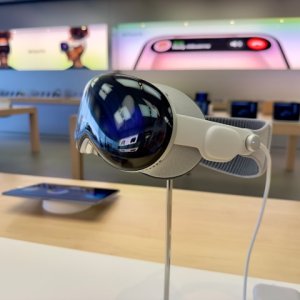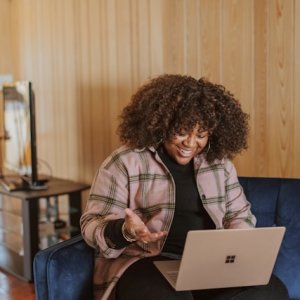
Remote Patient Monitoring Revolutionizing Care
 By Miriam Bello | Senior Journalist and Industry Analyst -
Thu, 06/24/2021 - 16:57
By Miriam Bello | Senior Journalist and Industry Analyst -
Thu, 06/24/2021 - 16:57
Remote patient monitoring is becoming increasingly popular thanks to its benefits and the technological advancements that turned this practice into a precise and reliable care method.
For doctors, remote patient monitoring means easier access to patient data, the ability to deliver higher-quality care to more patients with a lower risk of burnout, lower costs and higher efficiency, reports Care Innovations. For patients, this practice translates into better and easier health access, improved attention quality as doctors have access to more data, follow-up engagement and feedback, constant support and education.
Systems will stop relaying on self-reporting, which is especially helpful for patients with conditions such as diabetes, who are subject to many incremental changes between physician visits. Moreover, many systems allow crucial data to be transmitted to the doctor instantly, such as medication adherence.
Depending on the disease, patients will have a different monitoring system available to them, which will be designed to meet their needs and treatment specifications. No matter the system, the goal is the same: to enable healthcare providers to monitor a patient’s health outside of the hospital or doctor’s office.
Remote patient monitoring in 2021 is being described as the future of care provision, especially after the COVID-19 pandemic. During this period, in-person limitations discouraged many from going to their regular checkups or follow up consultations. However, remote monitoring had been a target for years and medical device companies had previously developed state-of-the-art solutions for this practice. For instance, Omron had developed a technological solution to monitor cardiovascular diseases, one of the largest global health burdens. Michael Barriga, General Manager and COO of Omron Healthcare, told MBN that its monitors evolved from traditional high-blood pressure monitors with no memory card to equipment that is able to record the patient’s at-home behavior and measure the impact of their treatment.
Barriga stressed the importance of making devices user friendly and interconnected to transmit the monitor’s data to the patient’s phone. “The information allows the patient to have an understanding of their health. Patients can also share this information with their doctor or a family member. During the pandemic, this feature was especially useful as it allowed both doctors and family to follow-up on chronic or in-treatment processes.”
Pharmaceutical companies are responding to this trend too. Fernando Sampaio, Country Lead and General Manager of Sanofi Mexico, told MBN that along with integrating AI onto its performance, the company wanted to take advantage of this technology to secure treatment follow-up for patients. “In Mexico, we have just presented the new application, ‘Delivering Patient Health,’ which collects information from patients with diabetes or hypertension to facilitate monitoring their treatments from their mobile devices.” Sampaio explained that Sanofi’s broad medicine portfolio for patients with type I and II diabetes is currently complemented by the use of monitoring technologies to track glucose levels, alert the patient and their doctor of necessary adjustments and ensure adherence to the personalized treatment.
In addition to these benefits, health systems can also greatly benefit from this model. Countries in Latin America and around the world understand that monitoring health procedures at a national level – in both the public and private sectors – is “critical to population management and the implementation of healthcare policies that will have durable impact,” shared Guillaume Copart, Managing Director of Global Health Intelligence, to MBN. Without this most elementary of knowledge, “we are left with nothing more than hope,” he added.
















